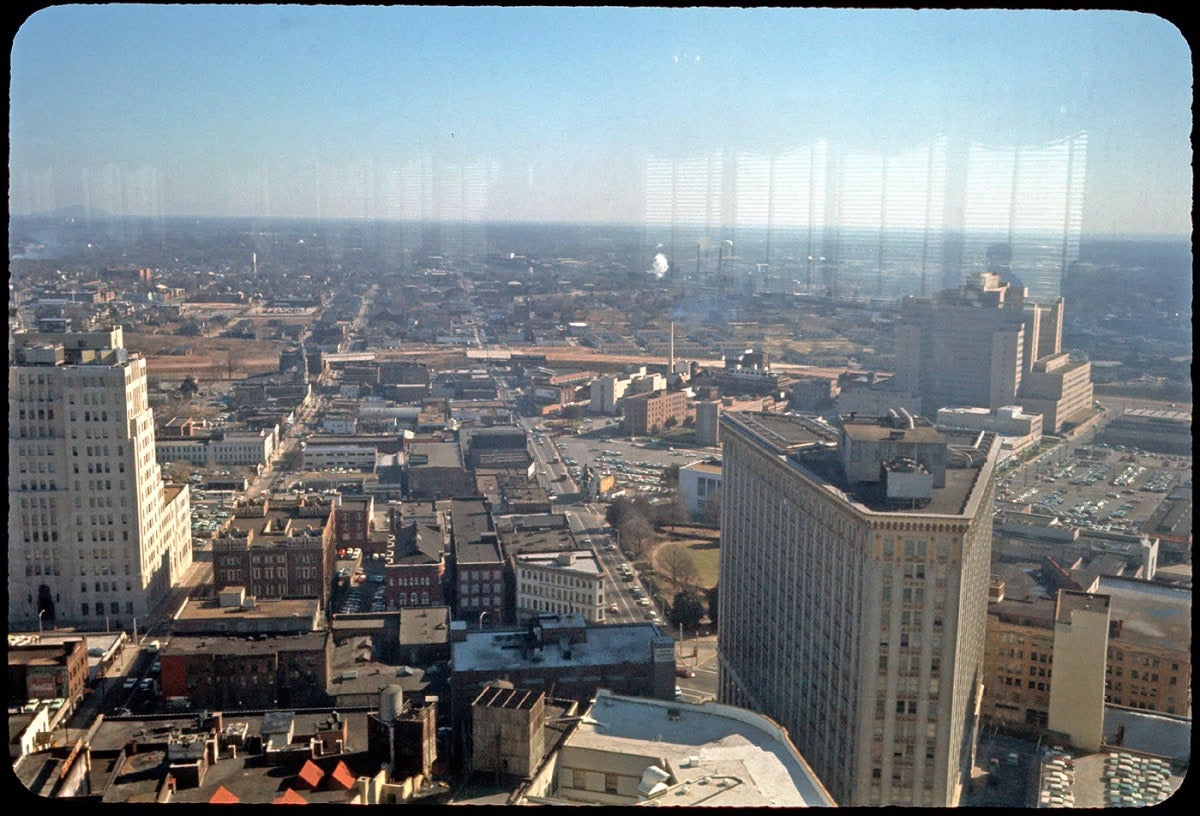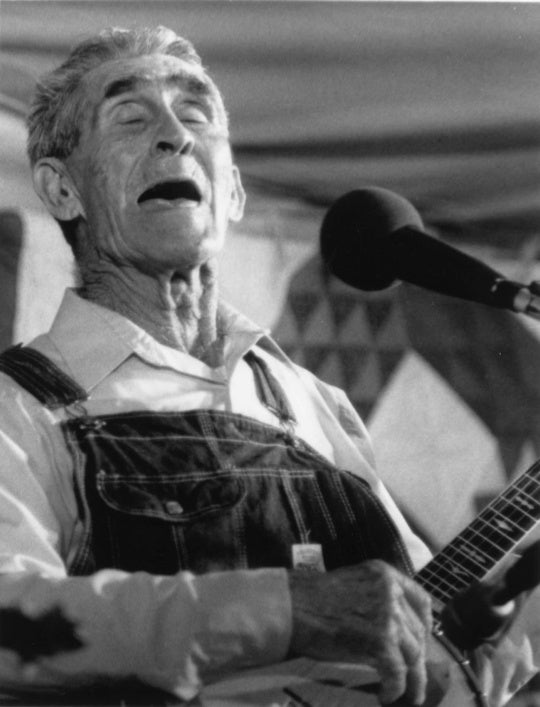
In Atlanta, as in many cities around the country and the world, a moment in public life has arrived at which it might be useful to reconsider a relatively basic but utterly pivotal question: what is art for?
Over the past few months, I’ve had a recurring feeling of unease as I learned about various projects across the city involving public art and creative placemaking—the ubiquitous term that has united local governments, artists, nonprofits, property developers, and brands as agents of public, often art-focused activations. Although these initiatives are many times well intentioned, it remains unclear how artists and creative communities benefit from them long-term, even as much of the activity—painting murals and creating other photogenic backdrops for Instagram posts—is commonly understood (if not outright presented) as demonstrating cultural vitality. This neighborhood is artsy.
Unfortunately, it’s becoming increasingly difficult to discern the difference between creative expression and strategic branding. On a corner in Little Five Points, an Atlanta neighborhood always teetering between counterculture and commercialism, what first appears as a mural is actually, upon closer inspection, an ad for a national telecommunications company. Whether commissioned by corporations, local governments, or nonprofits, murals and other creative placemaking projects often provide a desirable cultural patina to the locations or entities associated with them, a sort of generalized justification easily accepted in the name of unspecified public good and creative expression. In situations such as these, what purpose does art—in the most general sense, as it is often presented—serve?
In 2003, a steel gate with an elaborate relief showing children playing in a park or rural setting—one child appears perched, perhaps reading, in a tree branch above a pond—was installed in front of service entrances at the Municipal Court of Atlanta located downtown, just a block from the now-defunct Atlanta Detention Center. The gate was created by Harold Rittenbery, a Black self-taught artist whose Athens property is decorated with similar metal sculptures. While I can admire the gate itself and certainly respect the skill of the artist who made it, I can’t help but wonder what it means to have an artwork created by a Black man from Georgia installed at a building where so many Black men from Georgia are prosecuted and incarcerated by the city. Surely artworks do something as much if not more than they mean something, and the choice to commission a sculpted gate—an artwork—in place of a merely functional one is intentional. What is Rittenberry’s gate for? What does it do at this building, in our city, in the world?
Whether commissioned by corporations, local governments, or nonprofits, murals and other creative placemaking projects often provide a desirable cultural patina to the locations or entities associated with them, a sort of generalized justification easily accepted in the name of unspecified public good and creative expression.
Objections have been raised for years about murals and other public artworks often serving as preludes to displacement and gentrification, yet the broad demand for “creative placemaking” continues to make for unlikely bedfellows among artists, local government agencies, and property developers. For example, the Goat Farm Arts Center has joined forces with Fulton County Arts and Culture to mount the High Rise Show at 34 Peachtree Street, a property which, according to several sources, is being primed for acquisition by the Goat Farm as part of its redevelopment and—it would appear—expansion. (Officials from the Goat Farm declined to comment on any future plans for the building.) The press release and officials involved with the High Rise Show, opening October 4, compare it to the Times Square Show of 1980, which, at least proverbially, “launched the careers” of artists including Jean-Michel Basquiat, Jenny Holzer, Keith Haring, and Nan Goldin. (Two seriagraphs by Basquiat that were recently donated to Fulton County Arts and Culture by a local collector are also included in the High Rise Show, another frequently noted detail.) The key difference between the Times Square Show and the High Rise Show, however, would appear to be that the former wasn’t organized as convenient cover for a purported real estate deal. In a phone conversation, Lionell Thomas, the director of Fulton County Arts and Culture, spoke about the collaboration as “bringing attention and synergy to new development,” something he says the agency aims to continue doing in partnership with investors and property owners.
Some of the artists involved, however, characterize their participation in the exhibition as fraught, if not directly in opposition to organizers’ goals. In a statement to this magazine, Atlanta artist Y. Malik Jalal, who curated a portion of the High Rise Show, said, “When Doran and I were asked to do this exhibition, we wrestled with whether or not we should. The Goat Farm is a development company, not an arts organization or cultural institution. Our interests do not align.” He continues, “I have been thinking a lot about the legacies of protest and participation in contemporary art. How can you maintain any integrity doing this work?” While discussing the attempts he and other artists have made to take this as an opportunity to critique the motivations behind the exhibition itself, Jalal refers to a performance by Ben Vereen at Ronald Reagan’s inaugural gala in 1981 in which the Tony Award-winning actor—who is Black—performed a vaudeville tribute while wearing blackface. (A 2017 article in The New Yorker describes the conclusion of Vereen’s performance as “anguished yet defiant, evoking the pain and exploitative power of blackface minstrelsy and the distortions of stereotype,” a direct implication of the largely white audience.) Jalal calls the performance “one of the most powerful and tragic moments in American art history.” He says, “For artists of color, it is simultaneously a cautionary tale and an example of the power we hold.” The installations Jalal and his co-curator Doran have planned for Loosies—the portion of the High Rise Show they curated, which takes place in a former newsstand—are aimed at raising questions about artists’ roles in the displacement of underserved communities. “This space is a prime example of what dispossession looks like,” says Jalal.
Undoubtedly—at least for the foreseeable future—artists, arts nonprofits, and cultural institutions will continue to be in the position of asking others (often wealthier, more powerful others) for money, physical space, and other forms of support. The dynamics of power and need entrenched in a city’s cultural sphere often appear so vast and circuitous that the degree of an individual’s responsibility and the potential impact of their action can feel understandably diminished. But no institution or individual who has been involved in Atlanta’s art scene for a significant period of time is fully innocent or without blame when it comes to examining these issues—not me, and not Burnaway. That is why, instead of blaming or faulting any single party, I simply raise a question for all of us—each artist, arts administrator, critic, curator, and community member—to reconsider: what is art for? Is it branding for a city or its municipal government? Is it commercial lubricant for developers and corporations? What should art do in the world? However we choose to answer these questions, as much as possible, we should at least strive to be clear-eyed and transparent with each other. We can no longer afford to be naïve about the potential misuses of art and other products of artists’ labor.
Disclosure: Burnaway receives funding from Fulton County Arts and Culture.
Harold Rittenberry’s City Court Gate is visible at the corner of Memorial Drive Southwest and Central Avenue Southwest in Atlanta.
The High Rise Show is on view at 34 Peachtree Street Northwest in Atlanta from October 4 through October 19 (enter through 8 Walton Street Northwest).




